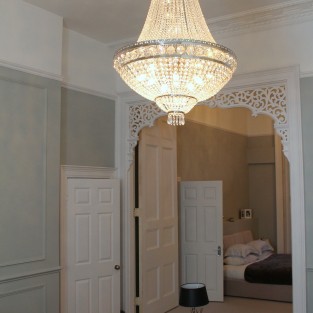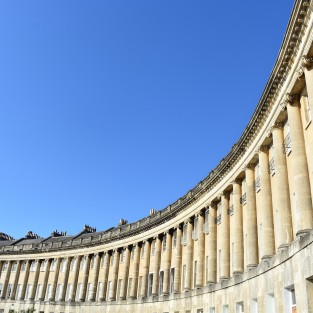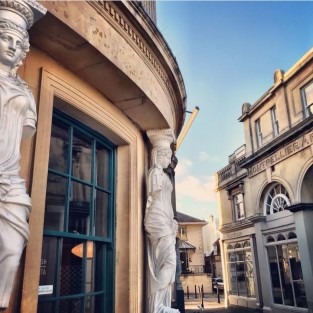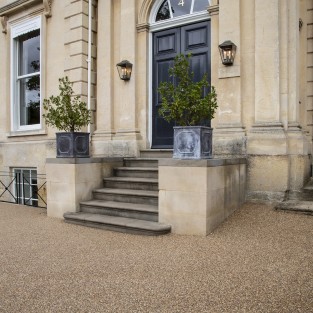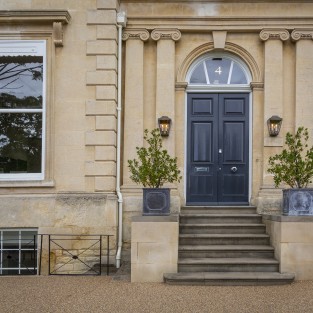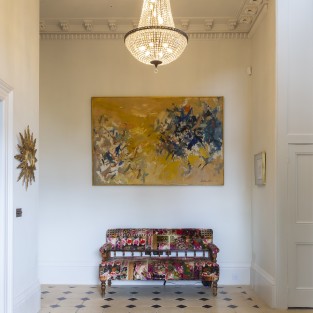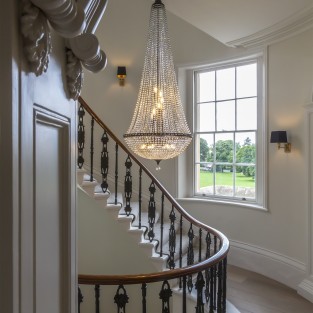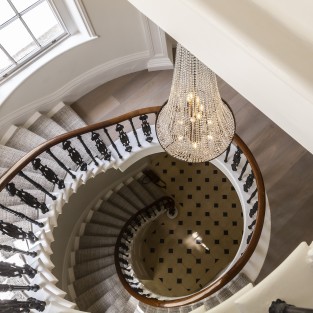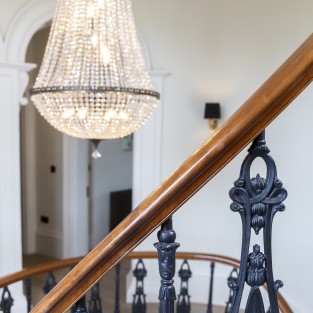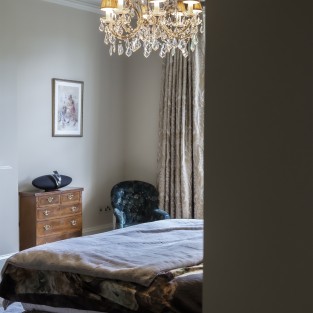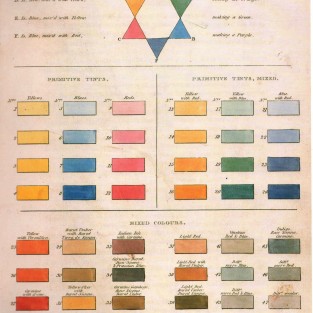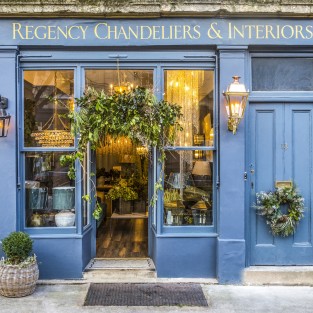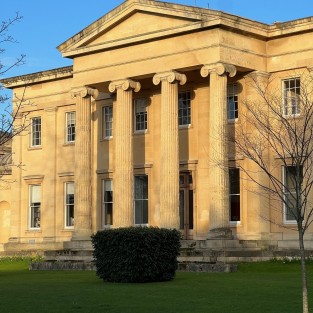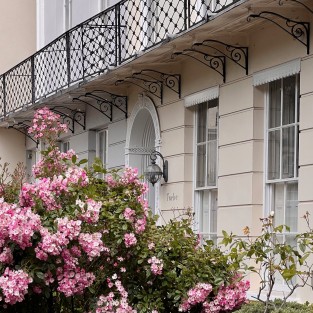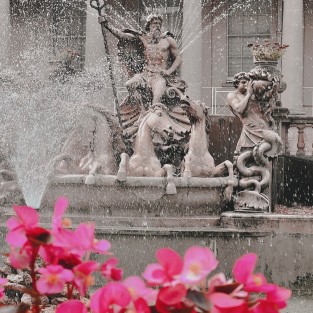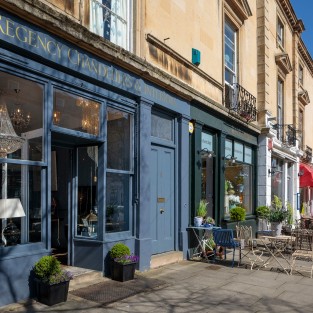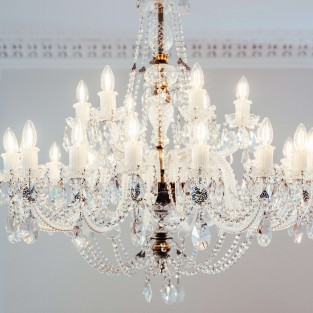Understanding Regency Style
Regency style is at the moment one of the most fashionable interiors style choices. But what is Regency style? Read on to find out what Regency style is and how your home can reflect the “daring and colourful or simple and light” schemes of the Regency period.
What was the Regency era?
The Regency era is a period from 1795 to 1837. It is a large period because it refers to moments when the Prince Regent (the next George IV) ruled as his father’s proxy due to George III’s ill- health. He was officially Regent from 1811 to 1820. Dating the Regency era from 1795 to 1837 means that it covers the entirety of the reign of George IV as well as William IV. It is a period noted for its elegance and for numerous achievements in literature, fine arts and architecture. There were several significant political, social and economic changes during the Regency era. The most significant of which is Britain’s war with Napoleon. The Prince Regent (later George IV) was a great patron of the arts and architecture. He ordered the building of the Brighton Pavilion and many other impressive buildings. The Prince Regent was famous for living a very extravagant and costly lifestyle. He turned Brighton into a fashionable tourist destination, which it still is today.
What are the fundamental principles of Regency style?
During this era, there was a significant population boom meaning that lots of new houses needed to be built quickly. This led to the rows and rows of Regency terraced houses that sit in every one of Britain’s towns and cities in varying states today. Architects and builders “sought to combine the practical requirement of the typical, narrow Georgian house with the new air of informality and lightness wherever possible” (Parissien 29). Other key principles of Regency style include:
- Proportion is strictly adhered to
- Symmetry means that one half (at least the façade) of the building should mirror the other half
- Columns (like the Caryatids in Montpellier Walk, Cheltenham) and Corinthian columns will add proportion and symmetry
- Scallop shell motifs feature heavily
- Triangular pediments over doors and windows will add proportion and height to rooms
- More exotic design choices from the era take inspiration from India and China (like at Brighton Pavilion) demonstrate the wealth and growing reach of the British empire.
- Classically Grecian designs also feature heavily like Corinthian columns The overall aesthetic of Regency is one of elegance, light and space. It is a look that is still fashionable and appealing today in the 21 st Century.
How can I recreate the Regency look in my home?
There are lots of ways to recreate the elegance of Regency style within your home. For us at Regency Chandeliers and Interiors, Cheltenham, we think there is no better place to start than by choosing (or designing) an impressive chandelier. Lighting should never be left as a final decision when you begin decorating your home. It should always be one of the first things you decide on.
The Chandelier has been fashionable “through the centuries" (K. MaCaffety 11) and for good reason. It is an exceptional focal point of a room. But most importantly, good lighting makes a huge impact on the way that we feel. Even The Prince Regent knew the importance of good lighting centuries ago. The Prince Regent was a connoisseur of chandeliers and decorated the Crimson Drawing Room, the Throne Room, the West Anteroom, and the Blue Velvet Room of Charlton House, London with impressive cut-glass chandeliers (McCaffety 11). For period properties, we recommend the Regency Crystal Chandelier – Douro as an opulent way to finish a hallway or majestic staircase. The Montpellier Bag Chandelier or the Lansdown Basket Crystal Chandelier look incredible in living rooms, dining rooms and even kitchens over immaculately polished marble kitchen islands. Once you have chosen your chandelier, then start thinking about your colour schemes. There are all sorts of ways to highlight how astonishing your chandelier is by using Regency colours. Popular colours during the period can be found in the chart from the period depicted below.
We are big fans of numbers 6 and 17.
Choose a few replica or antique Regency furniture pieces like an exquisite chair or side table to highlight the style of your room, like a Gothic chair. Then fill your space with “Art Deco pieces and well-proportioned, plain furniture”. Investing in sparkling golden candelabra, toile wallpaper, frilled or ruffled pillows and cushions, floral patterns, velvet settees and large grand mirrors will complete the look of your Regency-styled property. In addition to creating and supplying both regency-style and modern chandeliers and lighting arrangements,
Regency Chandeliers and Interiors also offers a detailed, thorough and highly personal interiors consultancy service. During those sessions, we can advise you through every decision you make regarding the style of your home, not just about the lighting. We can visit your home to measure the size of the rooms, look at the style and what your inspiration is and provide you with our advice on how you can finish your home so that it looks the way you have always dreamed it could. All of our appointments are carried out in a socially distant and Covid-secure manner in order to keep you and our staff safe.
To discuss our range of modern and period crystal chandeliers, email us at contact@regencychandelieres.co.uk.
Bibliography
Collard, Frances, Regency Furniture (1985).
McCaffety, Kerri, The Chandelier Through The Centuries:
A History of Great European Styles (2006).
Parissien, Steven, Regency Style (1992).
